Services Offered by Taiga
Taiga offers a one-stop solution for all stages of 3D printing, from design and development to manufacturing, post-processing, and quality control. We provide flexible support for various materials, printing methods, large-scale, small-batch, and prototype production. For all your 3D printing needs, trust Taiga.
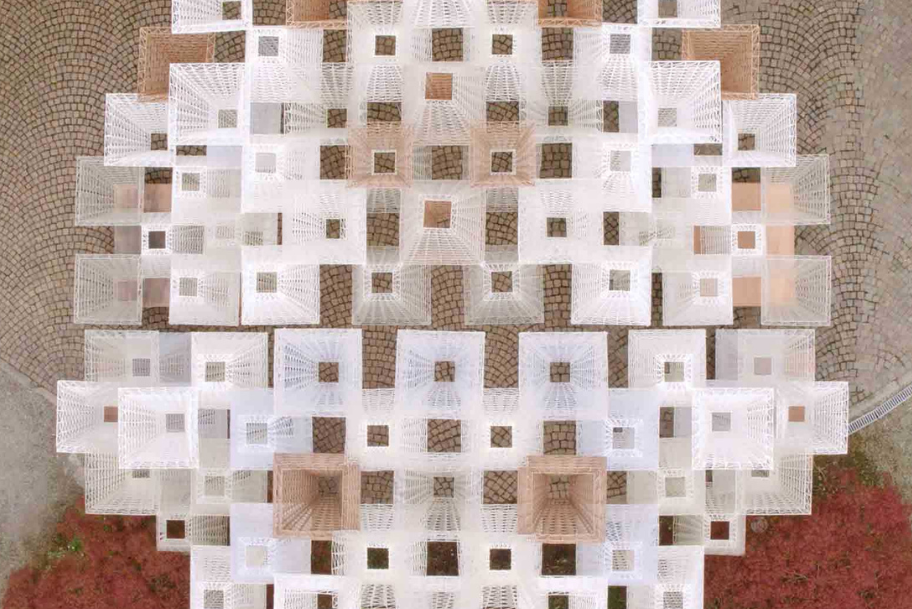
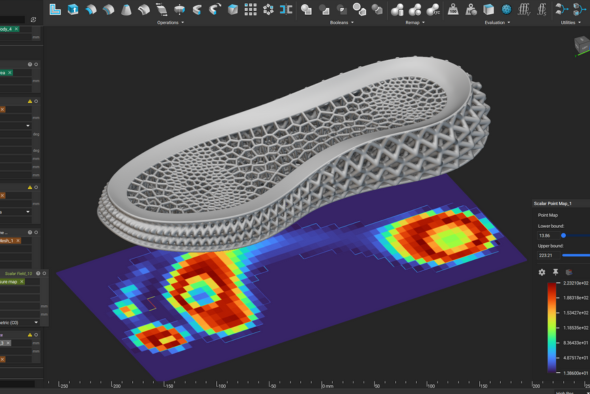
We provide a one-stop solution for the entire 3D printing process, from design and development to material preparation, processing, and post-processing. Additionally, the data for the finished parts or products is stored on Taiga, making it easy to re-purchase with just one click.

We consistently support high-precision and high-quality manufacturing processes by utilizing the latest equipment and the expertise of our engineers cultivated over many years.
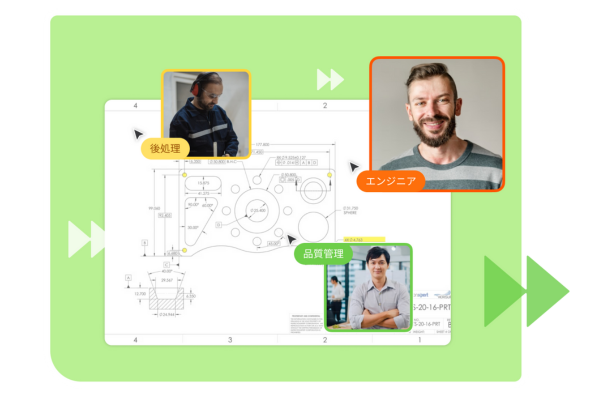
At Taiga, we offer a variety of services designed to achieve more efficient manufacturing.
First, we provide a "collaboration feature" that allows all project stakeholders to view and approve drawings and contracts in real-time.
Additionally, our platform enables easy communication through chat, and consolidates various files—such as 2D and 3D drawings, quotes, and project-related documents—into one central location.
These services help meet the diverse needs of our customers, streamline information sharing, and improve efficiency by reducing inspection time, returns, and rework.
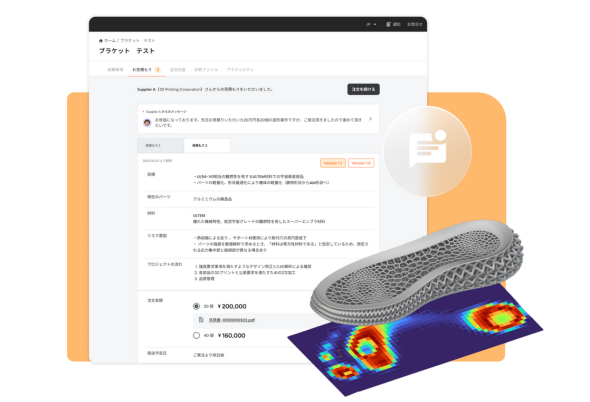
In addition to 3D printing, we also support a variety of manufacturing methods, including sheet metal fabrication, injection molding, machining, and CFRP processing. We propose multiple optimal manufacturing solutions for your products, helping to reduce the time spent searching for subcontractors. This ensures fast quotations and smooth parts production.
Since there is no need for initial investments like molds, prototypes can be produced at a low cost and in a short period of time. The process is also flexible, allowing for easy design changes, and repeated prototyping and improvements can accelerate the development of better products. At Taiga, we are also flexible in accommodating design changes and secondary processing.
3D printing enables the creation of complex shapes and internal structures that are difficult to achieve with traditional machining or injection molding. It is ideal for creating lightweight parts with hollow structures, intricate lattice designs, and customized medical implants tailored to individual body types, making it easy to handle complex designs and customization.
Compared to traditional manufacturing methods, the process can simplify production steps. This leads to reduced lead times, labor costs, and inventory management expenses.
Since material is only layered where needed, material waste is minimized, making the process more resource-efficient.

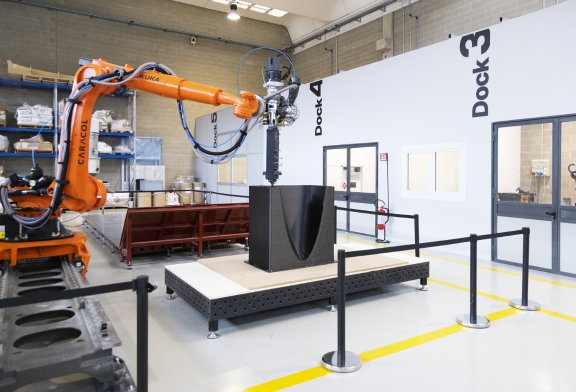
LFAM (Large Format Additive Manufacturing) is an additive manufacturing technology that uses large-scale thermoplastic materials. By extruding resin in pellet form and layering it, large parts can be created as a single piece, resulting in seamless, high-strength structures. Compared to traditional molding methods, LFAM reduces material waste and enables faster prototyping and production. It is widely used in industries such as aerospace, automotive, maritime, and design. Additionally, LFAM is suitable for using recycled materials, making it a sustainable choice that aligns with environmental considerations.
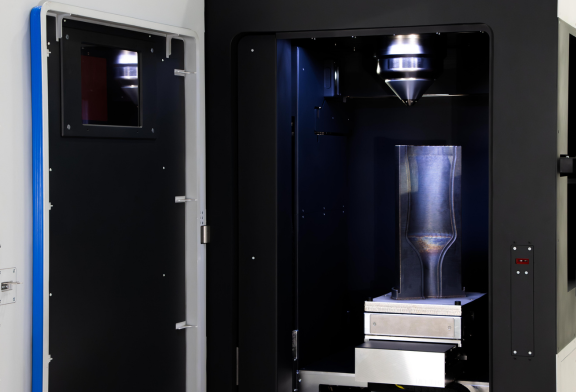
DED (Directed Energy Deposition) is a metal 3D printing technology that melts metal wire using a high-energy source while layering it. This method allows for the creation of highly precise and dense metal parts, making it ideal for repairing or reinforcing existing metal components, as well as manufacturing new parts. DED is widely used in aerospace, defense, energy, and industrial machinery sectors. Furthermore, it supports the layering of multiple metal materials and hybrid manufacturing when combined with CNC machining, offering high design flexibility.

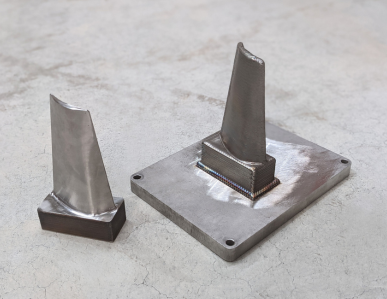
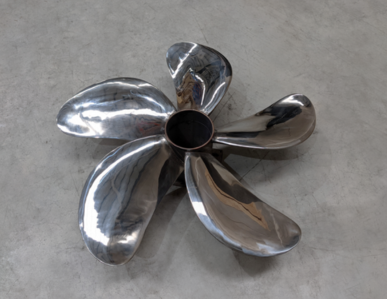
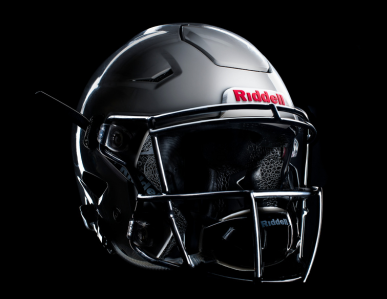
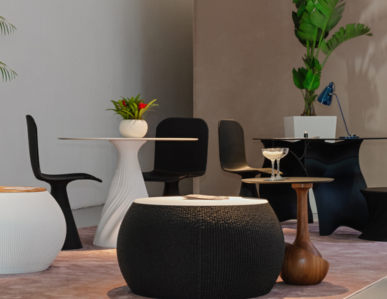
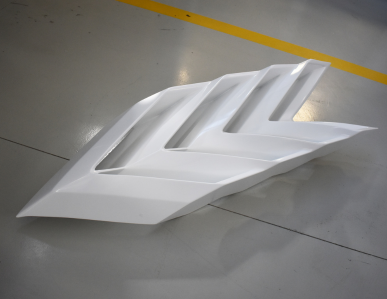
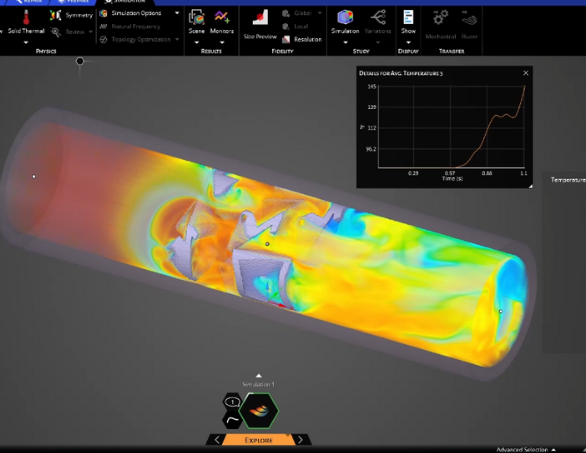
First, we clarify the idea of what you want to create, considering factors like application, shape, size, and functionality. Using 3D CAD software, we create a 3D model of the designed idea. The design is detailed, considering shape, dimensions, and accuracy. Drawings can be created and edited on Taiga. You can use pen, highlight, typing, and chat features to edit 2D drawings simultaneously with others, allowing for easy corrections or clarifications.
We prepare for printing by converting the 3D model into the appropriate data, slicing it into thin layers for the additive process, and setting parameters such as fill density.
Once the preparations are complete, the 3D printing process begins. Material is layered based on the sliced data to form the object.
Post-processing tasks such as removing support material, surface treatment, and assembly are performed as needed.
The completed object undergoes inspection to ensure that its dimensions, shape, and strength meet quality standards. After these steps, the 3D printed item is finished.
Developed parts and products are stored on Taiga, making it easy to reprocess (or re-purchase) the same items when needed.
Create an Account for Free

Upload Data

Receive Expert Advice

Start Production
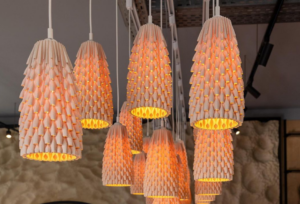
3D printing technology is a revolutionary manufacturing method that allows you to freely design the internal structure of your products. Products with complex shapes can be efficiently made [...].
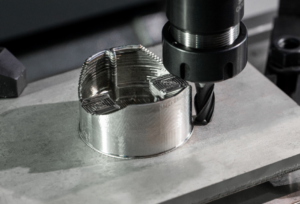
Titanium has excellent strength, corrosion resistance, and light weight, and is used in 3D printing for manufacturing a variety of products. For example, [...].

In response to the 2024 crash of a JAL aircraft in which the fuselage caught fire, CFRP (carbon fiber reinforced plastic), which is used as the main structural material of aircraft [...].
Taiga supports all manufacturing methods except 3D printing process.
Our experienced engineers equipped with state-of-the-art technology will propose the best manufacturing method to meet your requirements.